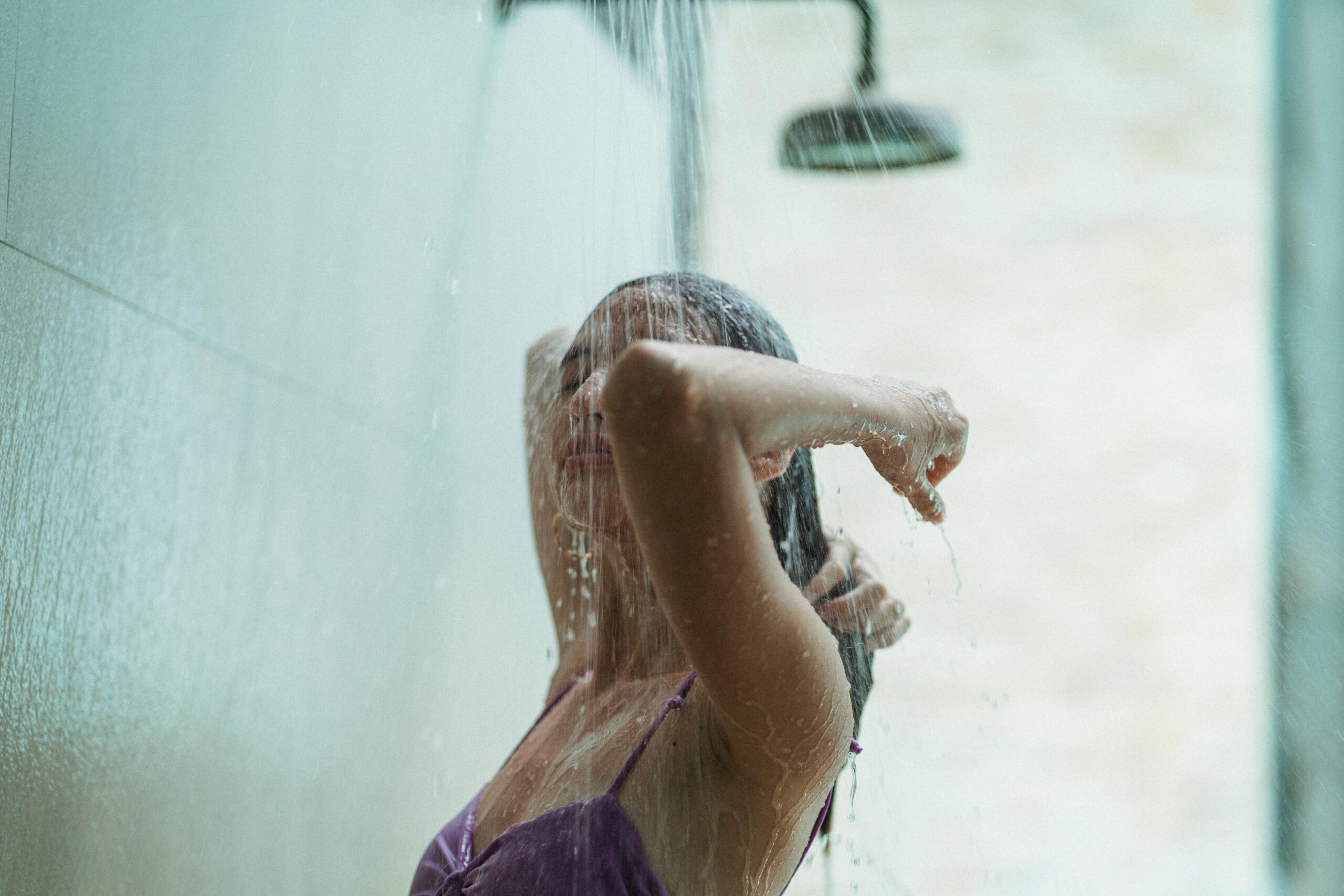

Health
The Mental Health Benefits of Cold Therapy: Why Ice Baths and Cold Showers Are Trending
Introduction
Cold therapy is no longer just for elite athletes. From influencers to wellness experts, more people are turning to ice baths, cold showers, and cryotherapy for their powerful mental health benefits. Inspired by the viral Wim Hof Method, cold exposure is rapidly becoming a mainstream wellness trend across the U.S. But what does science say? And how can you integrate it safely into your daily routine? This article explores the mental health benefits of cold therapy, why it’s trending, and the best products to help you get started.
What Is Cold Therapy?
Cold therapy, also known as cold water immersion or cryotherapy, involves exposing your body to cold temperatures to promote physical and psychological benefits. Common methods include:
- Ice Baths
- Cold Showers
- Cryotherapy Chambers
These practices are designed to trigger the body’s natural healing processes, enhance circulation, and release endorphins.
The Mental Health Benefits of Cold Therapy
Here are the top reasons cold therapy is gaining traction in the mental wellness space:
1. Reduces Anxiety and Depression
Cold exposure activates the sympathetic nervous system and increases the production of norepinephrine, a hormone linked to improved mood and alertness. Studies show it may help reduce symptoms of anxiety and mild depression.
2. Boosts Endorphins
The shock of cold water triggers a release of endorphins, often referred to as the body’s “feel-good” hormones. This natural chemical lift is one of the reasons people feel energized and uplifted after a cold plunge.
3. Improves Sleep Quality
Cold exposure in the evening may help lower core body temperature, aiding in better and deeper sleep. Better sleep means improved emotional regulation and cognitive function.
4. Enhances Resilience and Discipline
Consistent cold exposure teaches your body and mind to stay calm under discomfort, building mental toughness, discipline, and resilience over time.
The Wim Hof Method: Breathing Meets Cold Exposure
Dutch athlete Wim Hof popularized a method that combines:
- Breathing techniques
- Gradual cold exposure
- Commitment (mindset)
This holistic practice has been credited with boosting the immune system, improving mental clarity, and reducing inflammation.
“Feeling is understanding,” says Wim Hof. That’s why so many people stick with it — the benefits are immediate and profound.
How to Safely Start Cold Therapy at Home
- Start with Cold Showers: Begin with 30 seconds of cold water at the end of your shower and gradually increase duration.
- Transition to Ice Baths: Use a thermometer to ensure water stays between 50°F and 59°F for best results.
- Try Cryotherapy Clinics: For a controlled environment, many wellness centers offer full-body cryotherapy.
Always consult your doctor if you have cardiovascular issues or other health conditions.
Top-Rated Products for Cold Therapy (Affiliate Picks)
- Ice Barrel Cold Plunge Tub
Great for home use. Durable, insulated, and easy to drain.
👉 Buy on Amazon - Polar Recovery Tub
Collapsible and affordable option for beginners.
👉 Shop Now - CryoSpot Instant Cold Spray
For targeted cold therapy on joints and muscles.
👉 Get it here - Cold Shower Timer & Tracker
Helps build a habit with guided timing.
👉 Check on Amazon - The Wim Hof Method Book
A complete guide to breathwork, cold exposure, and mental mastery.
👉 Order here
Final Thoughts
Cold therapy offers more than just physical recovery — it’s a gateway to stronger mental health, greater self-discipline, and better mood. Whether you’re taking the plunge with an ice bath, starting slow with cold showers, or exploring cryotherapy, the mental clarity and stress relief it brings could be the reset your mind has been waiting for.
Health
Why Some Adults Might Need a Measles Booster Shot: What You Need to Know
Measles is back! Some adults may need a booster. Are you protected? Check your vaccination status, especially if born before 1989 or traveling.
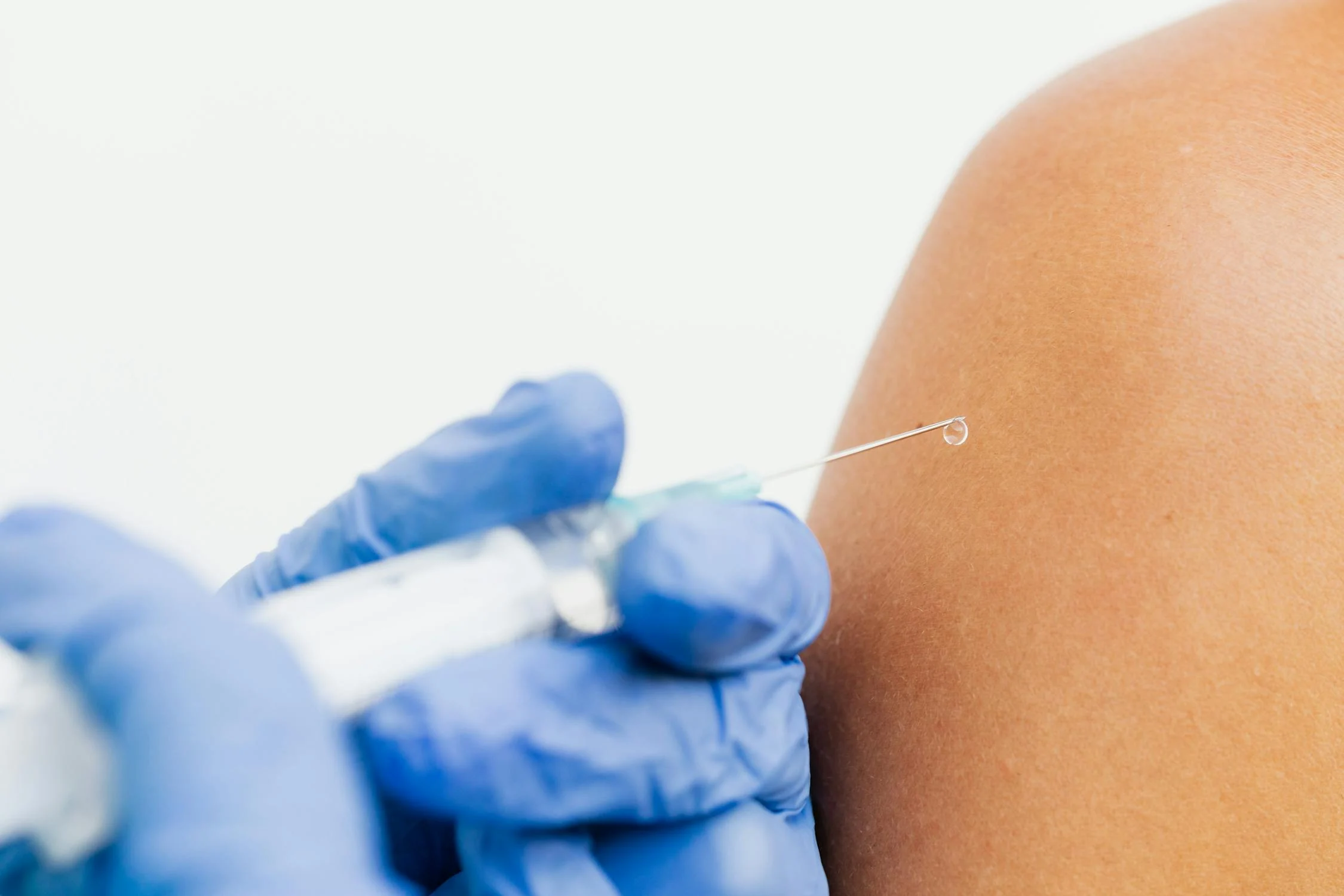
If you thought measles was a thing of the past, you’re not alone. For years, most of us have taken for granted that this highly contagious disease was under control, thanks to childhood vaccines. But recent outbreaks in the United States have health experts sounding the alarm: some adults may not be as protected as they think, and a measles booster shot could be a smart move.
Measles: More Than Just a Childhood Illness
Measles, also known as rubeola, spreads like wildfire. It’s a virus that travels through the air when someone coughs or sneezes, and it can linger on surfaces for hours. If you’re not immune, it’s frighteningly easy to catch.
The symptoms aren’t pleasant: high fever, cough, runny nose, red watery eyes, and a telltale rash that starts on the face and spreads downward. But the real danger lies in the complications. Measles can cause pneumonia, brain swelling, blindness, hearing loss, and even death—especially in young children, pregnant women, and people with weakened immune systems.
The Power of Vaccination
Before vaccines, measles killed millions worldwide every year. The introduction of the measles-mumps-rubella (MMR) vaccine changed everything. In the U.S., kids get their first dose between 12 and 15 months old, and a second dose at 4 to 5 years. Two doses are about 97% effective at preventing measles, and the vaccine is considered very safe.
But here’s the catch: not everyone has the same level of protection.
Who Should Think About a Booster?
If you were born before 1957, you’re probably in the clear—most people in that age group were exposed to measles naturally and are considered immune. But for everyone else, it’s worth taking a closer look at your vaccine history.
If you got your shots before 1989, you may have only received one dose of the MMR vaccine. One dose is good, but two are better, especially if you’re at higher risk of exposure. And if you were vaccinated between 1963 and 1967, you might have received an older, less effective version of the vaccine. In that case, a booster is definitely recommended.
You should consider a measles booster if:
- You received the inactivated (killed) measles vaccine between 1963 and 1967.
- You work in healthcare, education, or childcare and only had one dose.
- You’re planning to travel internationally, where measles is still common.
- You’re not sure about your vaccination status or can’t find your records.
The good news? If you’re unsure, getting another dose is safe. There’s no harm in having an extra shot, and it could make all the difference if you’re exposed to the virus.
Why Now?
Measles is making a comeback in part because vaccination rates have slipped in some communities. The virus is so contagious that even a small drop in immunity can lead to outbreaks. Protecting yourself isn’t just about your own health—it’s about keeping vulnerable people safe, too.
The Bottom Line
If you’re not sure about your measles immunity, talk to your doctor. A simple blood test can check for antibodies, or you can just get a booster for peace of mind. Vaccines remain our best defense against measles, and staying up to date is a small step that can have a big impact.
So, take a moment to check your records. It’s a quick way to protect yourself, your loved ones, and your community from a disease we all hoped was behind us.
Health
Wearable Health Tech: The Best Smartwatches and Fitness Trackers to Improve Your Well-Being
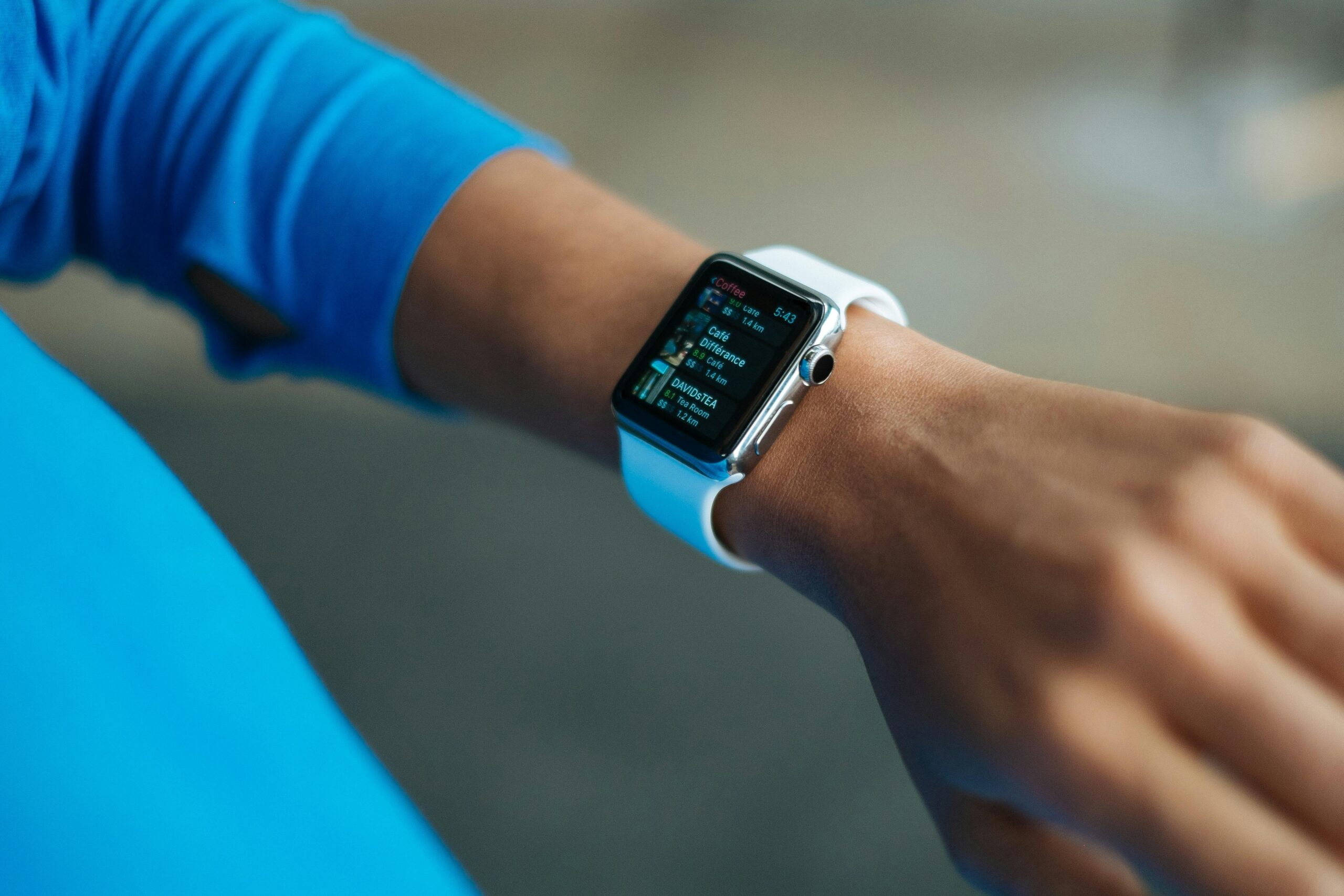
Introduction
The future of wellness is wearable. From tracking your heart rate to monitoring sleep patterns and managing stress, wearable health tech is empowering millions to take control of their health. As wearable tech trends evolve, so do the capabilities of the best fitness trackers and smartwatches. In this guide, we explore top-rated devices, what to look for in health gadgets, and how to choose the perfect wearable to boost your overall well-being.
Why Wearable Health Tech Matters
Today’s smartwatches and fitness trackers go far beyond counting steps. They’re equipped with advanced features like:
- Heart rate and ECG monitoring
- Sleep and recovery analysis
- Blood oxygen (SpO2) sensors
- Stress tracking and guided breathing
- Menstrual health tracking
These features not only offer insights into your daily habits but also encourage proactive and preventive health care.
Top Wearable Tech Trends in 2025
- AI-Enhanced Insights – Devices like Fitbit and WHOOP use AI to offer customized health tips.
- Stress Management Tools – More wearables are incorporating mindfulness features.
- Non-Invasive Glucose Monitoring – A game-changer for diabetics, this is expected to hit more mainstream models.
- Women’s Health Features – From fertility tracking to menopause insights.
- Integration with Telehealth – Syncing real-time health data with doctors and apps.
Staying up-to-date with these wearable tech trends helps you make smarter buying decisions.
The Best Fitness Trackers and Smartwatches for 2025
1. Apple Watch Series 9
- Advanced ECG and blood oxygen monitoring
- Integrates with Apple Health and third-party wellness apps
- Mindfulness app for guided breathing and reflection 👉 Buy on Amazon
2. Fitbit Charge 6
- Great for beginners and casual users
- Sleep tracking with recovery score
- Stress Management Score and SpO2 sensors 👉 Shop now
3. WHOOP 4.0
- No screen, ultra-light
- Tracks strain, recovery, and sleep for high-performance athletes
- Monthly subscription model 👉 Get it here
4. Garmin Venu 3
- Full-body metrics: heart rate, stress, respiration, hydration
- Built-in GPS and sports modes
- Impressive battery life 👉 See on Amazon
5. Oura Ring Gen 3
- Sleek design, ideal for sleep and recovery tracking
- Focuses on readiness and overall wellness, not just fitness 👉 Order here
Choosing the Right Wearable for You
When picking the best fitness tracker or smartwatch, consider:
- Health Goals: Do you want to focus on fitness, recovery, stress, or sleep?
- Style & Comfort: Choose something you can wear 24/7.
- Battery Life: Longer battery = less charging hassle.
- App Compatibility: Make sure it syncs with your phone and health platforms.
Wearable Health Gadgets to Complement Your Tracker
- Smart Scales – Sync with your wearable to track body composition.
- Bluetooth Blood Pressure Monitors – Keep tabs on heart health.
- Portable ECG Devices – Monitor heart activity on-the-go. 👉 Check out our full list of health gadgets here
Final Thoughts
Investing in wearable health tech is like hiring a personal wellness coach that works 24/7. Whether you’re upgrading your fitness goals or aiming for better sleep and stress relief, the right smartwatch or fitness tracker can help you take control of your health journey. Stay ahead of the curve with the latest wearable tech trends and explore our recommended best fitness trackers to start your transformation today.
Health
The Sleep Revolution: How to Optimize Your Sleep Cycle with Science-Backed Products
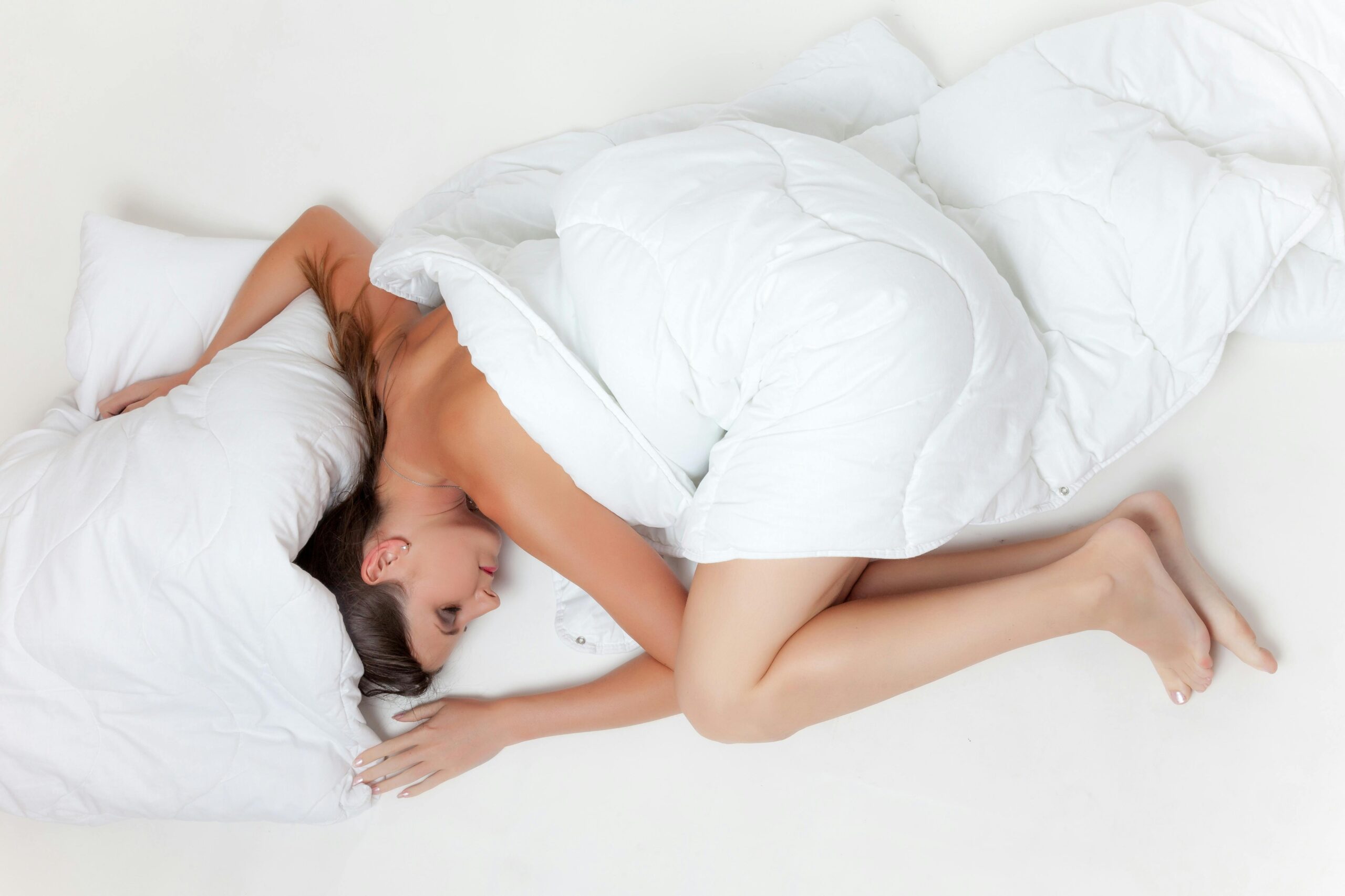
Introduction Sleep isn’t a luxury; it’s a biological necessity. In today’s fast-paced world, millions of Americans are struggling to get the rest they need. From insomnia to irregular sleep cycles, the causes of poor sleep are many—but so are the solutions. With innovations in sleep science and technology, optimizing your sleep cycle is more achievable than ever. Whether you’re looking for the best mattresses, debating melatonin vs. natural sleep aids, or seeking actionable circadian rhythm tips, this guide will help you take control of your nights and boost your days.
Understanding the Sleep Cycle Your sleep isn’t one continuous state; it’s made up of four stages that cycle throughout the night:
- NREM Stage 1 – Light sleep, where you drift in and out.
- NREM Stage 2 – The onset of true sleep.
- NREM Stage 3 – Deep, restorative sleep.
- REM Sleep – Where dreaming and cognitive processing occur.
To feel fully rested, your body must complete multiple sleep cycles, each lasting 90-120 minutes. Disruption at any stage can leave you feeling groggy, anxious, or unfocused.
Circadian Rhythm Tips: How to Align Your Body Clock Your circadian rhythm is your internal body clock, controlling when you feel awake or sleepy. Here are some science-backed tips to support it:
- Stick to a Sleep Schedule: Go to bed and wake up at the same time every day, even on weekends.
- Get Morning Sunlight: Natural light in the morning helps reset your internal clock.
- Avoid Blue Light at Night: Use blue light blockers or apps to reduce exposure from phones and screens.
- Avoid Late Night Meals: Eating late can shift your circadian rhythm and delay melatonin production.
Implementing these tips can reset your circadian rhythm, leading to more consistent and restorative sleep.
Melatonin vs. Natural Sleep Aids: What’s Right for You? Many people turn to supplements for help, but which one should you choose?
- Melatonin:
- Effective for short-term use.
- Great for jet lag or shift work.
- Not ideal for daily use due to potential dependency and tolerance.
- Natural Sleep Aids:
- Magnesium: Helps calm the nervous system.
- Valerian Root: Known for improving sleep quality.
- Chamomile and Lavender: Promote relaxation without affecting REM sleep.
When choosing between melatonin and natural sleep aids, consider your lifestyle, current health, and long-term goals.
The Best Mattresses for Deep, Restorative Sleep Your mattress plays a major role in your sleep quality. Here are top-rated options for different sleep needs:
- Memory Foam Mattresses: Great for pressure relief and motion isolation.
- Hybrid Mattresses: Combine innerspring support with memory foam comfort.
- Organic Mattresses: Made with natural materials, ideal for allergy sufferers.
Top Picks:
- Tempur-Pedic TEMPUR-ProAdapt: Ideal for back pain and deep support.
- Saatva Classic: A hybrid mattress with customizable firmness levels.
- Avocado Green Mattress: Eco-friendly and supportive.
Investing in one of the best mattresses tailored to your sleep needs can transform your rest and recovery.
Bonus: Tech & Products to Supercharge Your Sleep
- Sleep Trackers (e.g., Oura Ring, Fitbit Sense)
- White Noise Machines
- Weighted Blankets
- Smart Lights (that mimic sunrise/sunset)
These tools help monitor and improve your sleep hygiene effortlessly.
Conclusion Optimizing your sleep cycle is one of the most powerful steps you can take for personal development. With the right circadian rhythm tips, balanced use of melatonin vs. natural sleep aids, and investing in the best mattresses, you can join the sleep revolution and wake up to a better life.
-
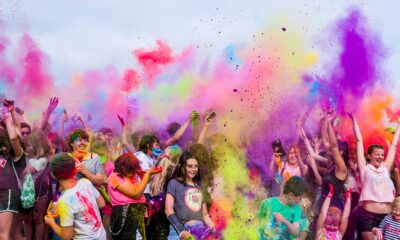
 Culture1 year ago
Culture1 year ago🎉 10 Cultural Festivals in the U.S. You Should Experience at Least Once
-

 Culture1 year ago
Culture1 year agoMeet Superman’s grandfather in new trailer for Krypton
-

 Culture1 year ago
Culture1 year agoHow American Subcultures Are Shaping Gen Z Identity in 2025
-

 Culture1 year ago
Culture1 year agoHow Black American Culture Shapes Global Trends in 2025
-

 Culture1 year ago
Culture1 year agoA New Era Begins: Karate Kid: Legends Rekindles the Spirit of a Timeless Franchise
-

 Culture1 year ago
Culture1 year agoGeorge Lopez’s New Stand-Up Special Coming to Prime Video – Don’t Miss!
-

 Health1 year ago
Health1 year ago2025 Morning Routines That Are Changing American Lives (One Cup of Coffee at a Time)
-

 Home and Decor1 year ago
Home and Decor1 year ago10 Budget-Friendly Home Décor Hacks to Transform Your Space

